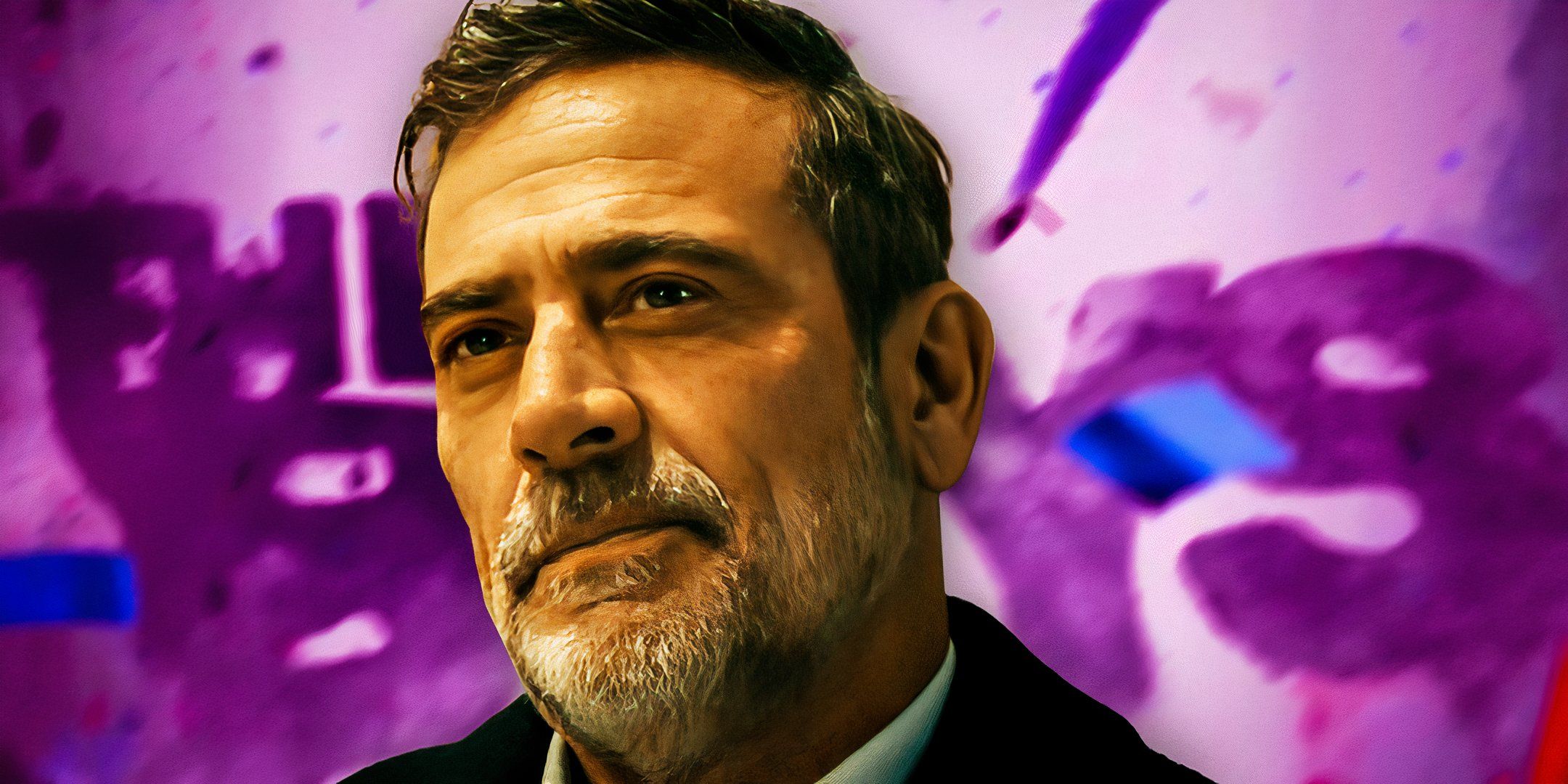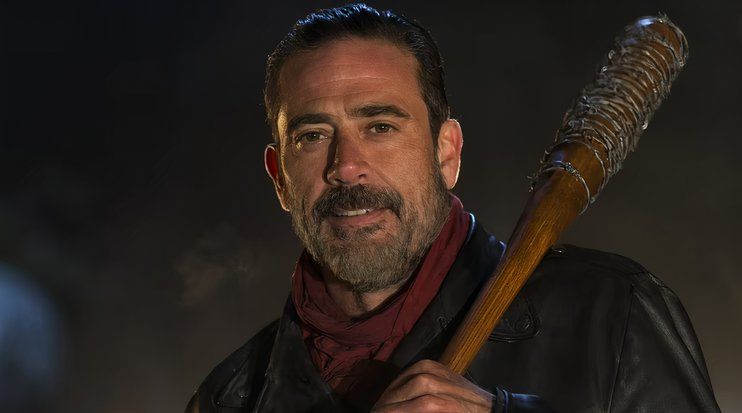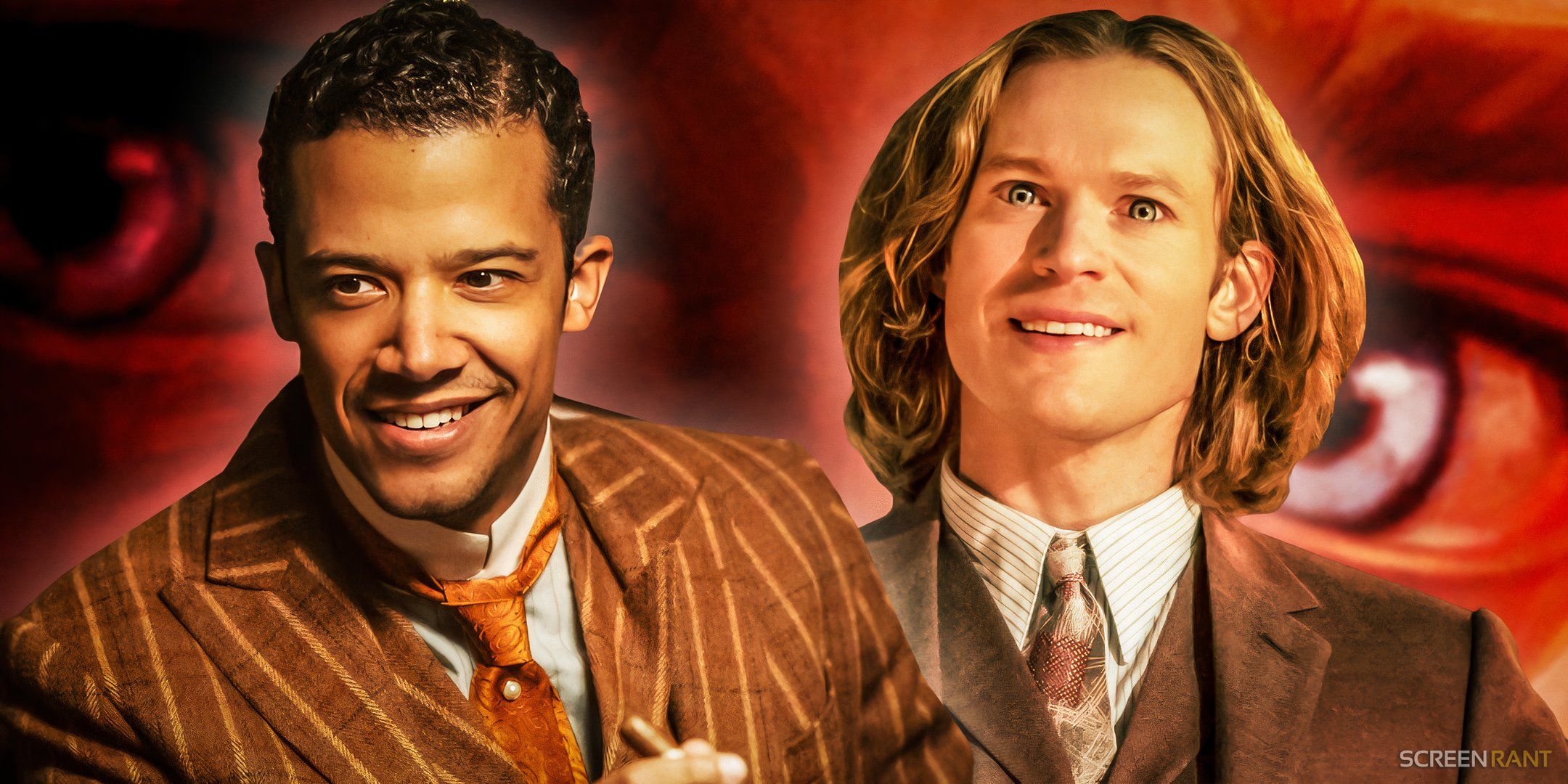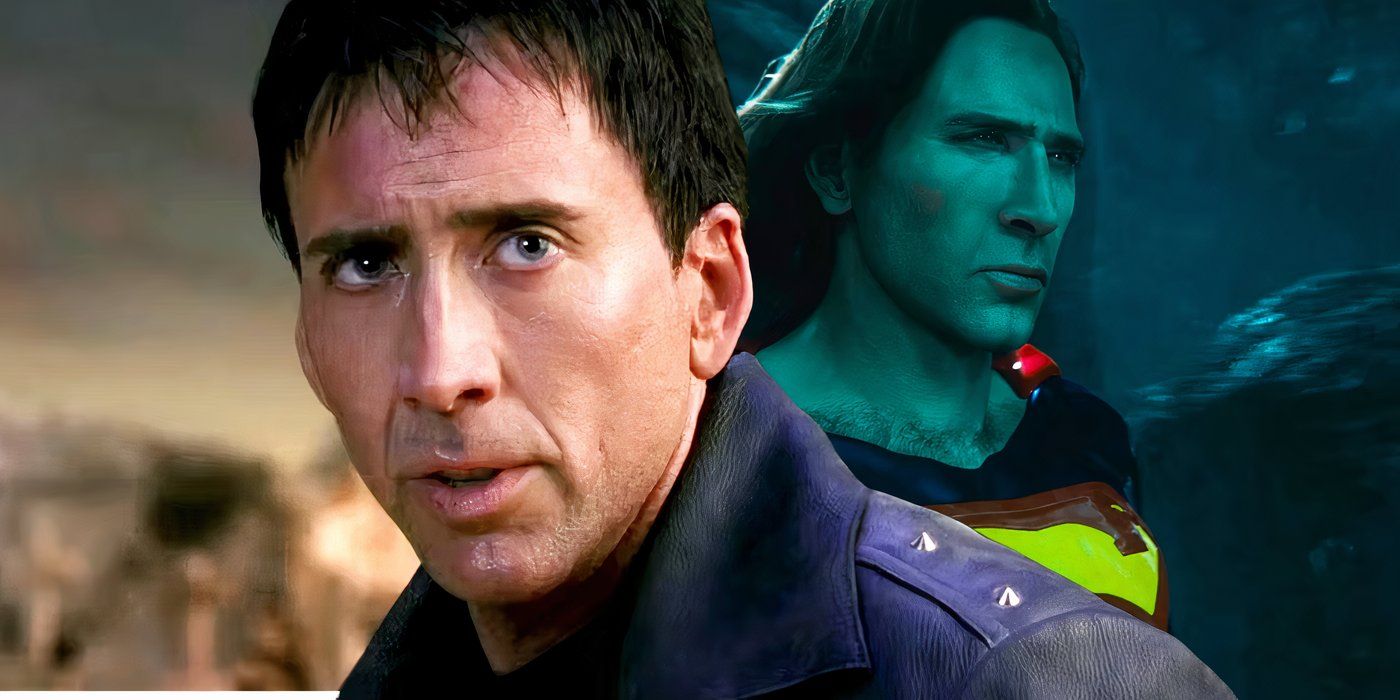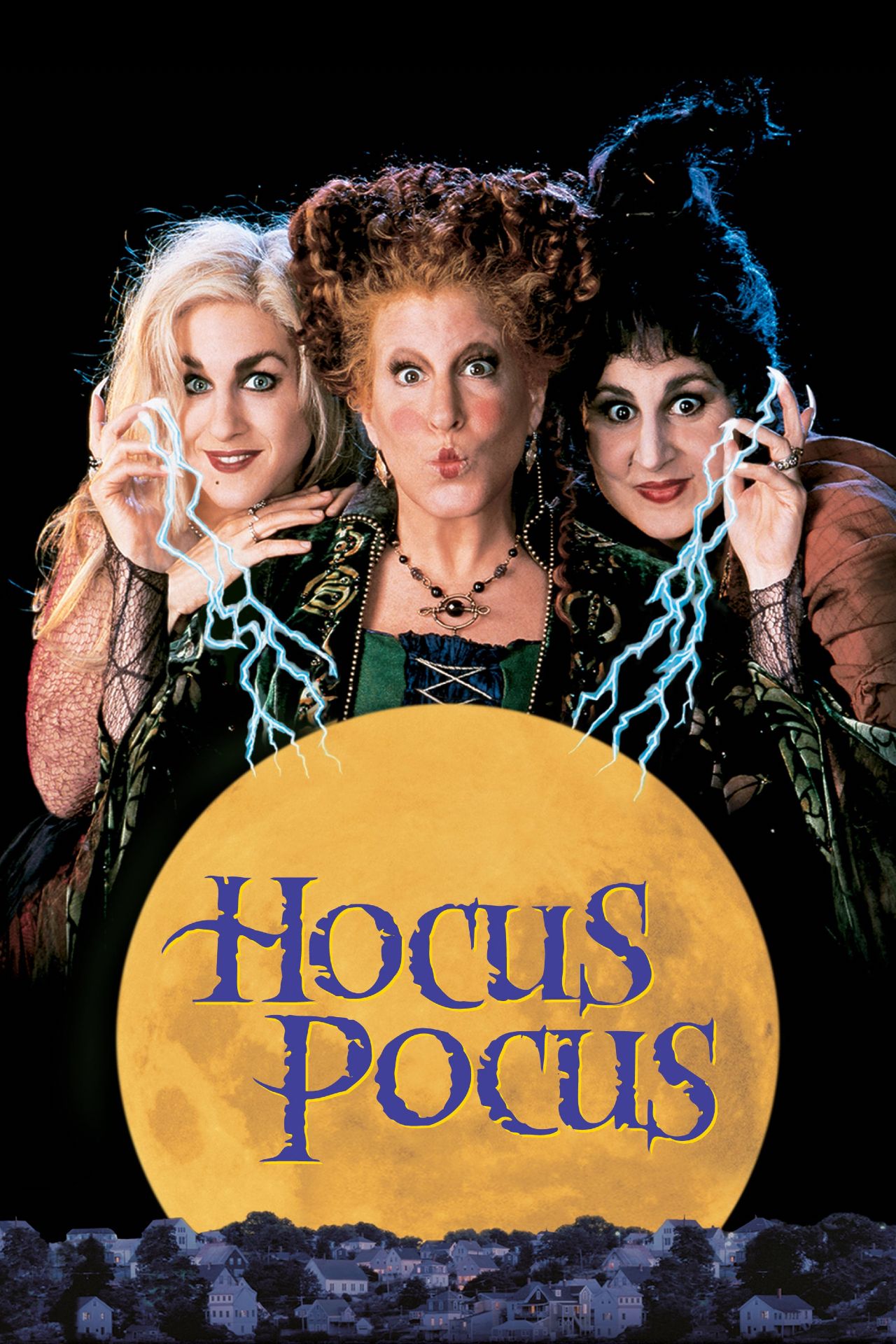Hardly anyone expected the Mad Max reboot, Fury Road, to be any good. It was a revival of a forgotten sci-fi action franchise that seemed doomed to fail. And then, lo and behold, the moviegoing public was captivated by the breathtaking production design, practical effects, and attention to detail on display in George Miller’s masterful film. Miller meticulously mapped out every single frame of film, every single line of dialogue, and every single artistic decision to craft what turned out to be one of the greatest action movies ever made. So, here are 10 Behind-The-Scenes Facts About Mad Max: Fury Road.
The flame-shooting guitar weighed 132 lbs
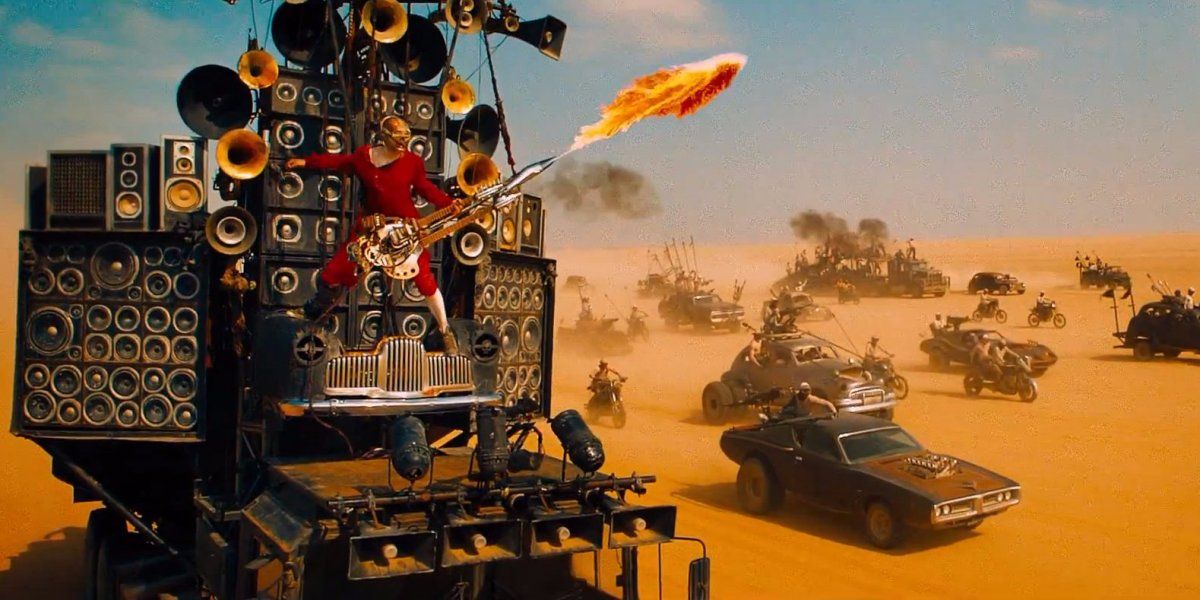
One of the most iconic parts of Mad Max: Fury Road was the guitarist playing a guitar that shoots flames. There was no reason to have a musician suspended on top of a giant car, playing a flame-shooting guitar in the middle of vehicular warfare, but it sure made for an interesting stylistic choice. The guitarist featured in these scenes was the Australian artist Sean Hape, who is more commonly known by his stage name Iota. In an interview with Vice, Hape explained that the flamethrowing guitar weighed a whopping 132 lbs and blew out actual gas-powered flames, which he could control with the whammy bar.
Mel Gibson gave Tom Hardy his blessing
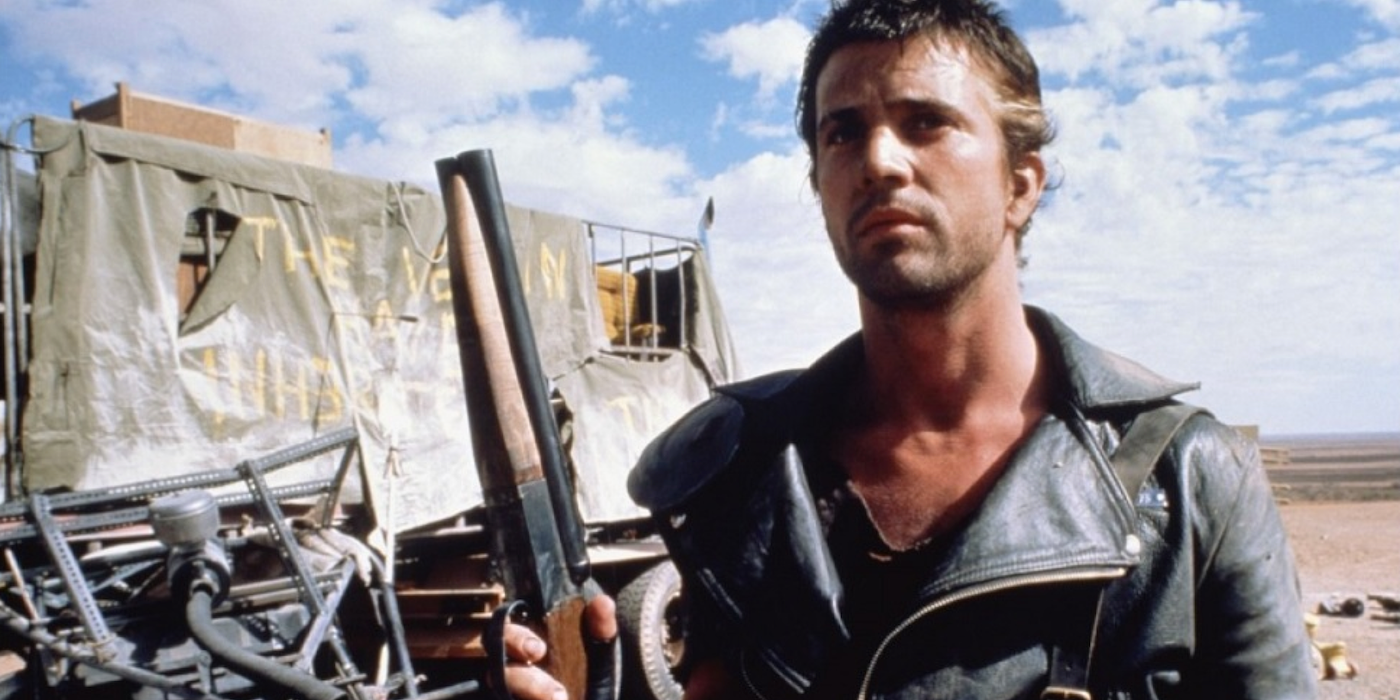
Mel Gibson was initially supposed to reprise his role as Max Rockatansky in a fourth Mad Max movie when it first went into development in 2003, but as Gibson moved onto directing The Passion of the Christ, those plans fell through. When George Miller rebooted the franchise and cast Tom Hardy in the lead role, Hardy claims he met up with Gibson over lunch to discuss the film, and Gibson apparently gave Hardy his blessing to continue his character’s cinematic legacy. Hardy’s take on Max was a lot different than Gibson’s, but that actually worked in the movie’s favor, carving out a niche of its own.
Production resulted in 470 hours of footage being shot
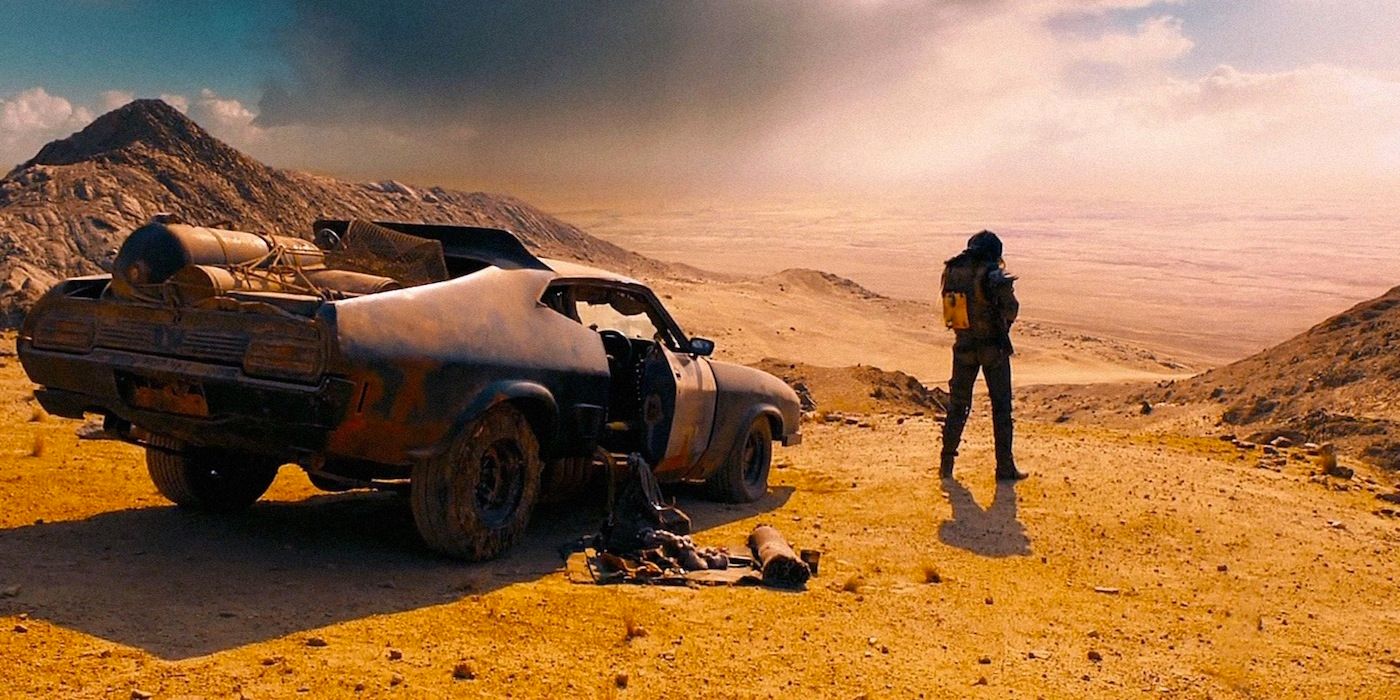
Director George Miller is renowned as one of the greatest visual filmmakers of our times, but his attention to every last detail and perfectionist approach to shooting has also made him infamously frustrating to work with. When it results in masterworks like Mad Max: Fury Road, however, this can easily be forgiven.
After Fury Road wrapped production and every take of every scene – every stunt, every camera movement, every actor’s line delivery – was delivered to editor Margaret Sixel, she had approximately 470 hours of footage to sit through and eventually cut together as a coherent two-hour movie. Simply watching all the dailies took Sixel a total of three months.
The Vagina Monologues’ Eve Ensler consulted on Fury Road’s portrayal of women
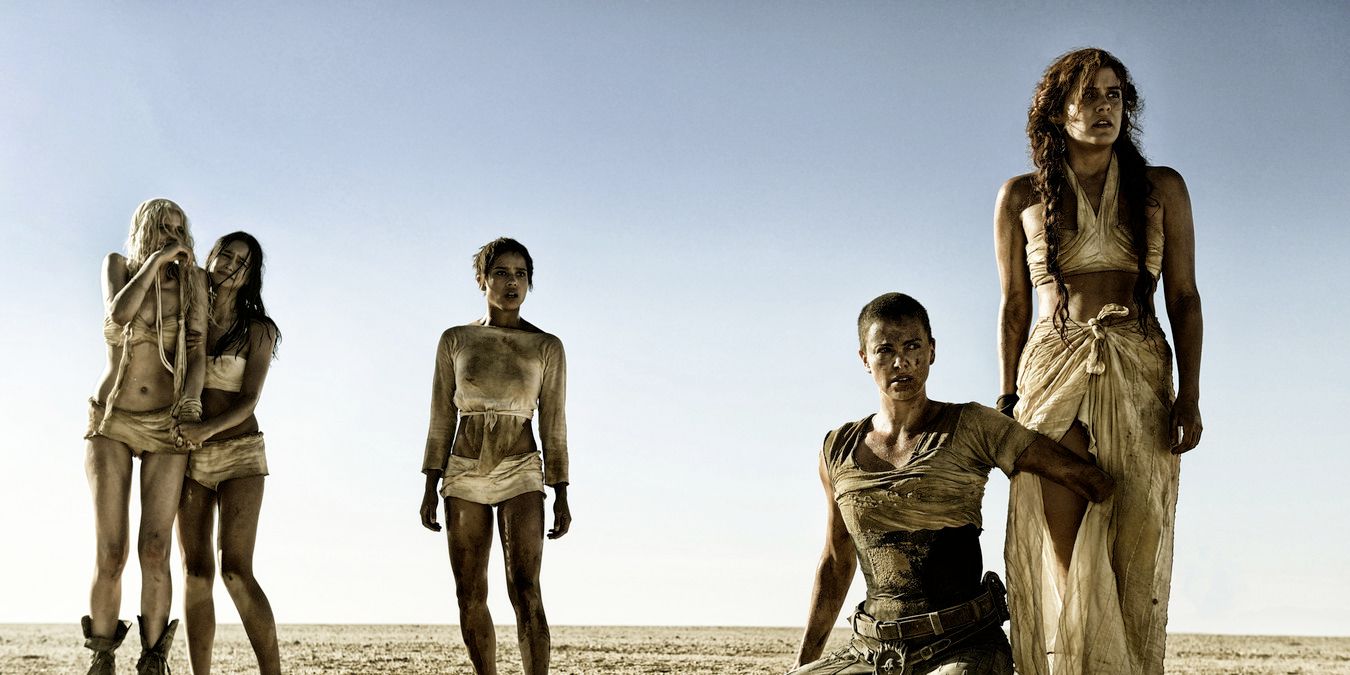
Max is the character whose name graces the title, but Mad Max: Fury Road is really the story of Furiosa’s struggle to save Immortan Joe’s wives. The film has been praised for carrying a feminist message, and this is at least partly because George Miller brought on The Vagina Monologues writer and famed feminist Eve Ensler to consult on the movie’s portrayal of women. Miller saw Ensler giving a talk about violence against women in Sydney and she brought up insights into a lot of the movie’s themes, so the filmmaker recruited her to consult with the Fury Road cast.
There was a PG-13 version of the film
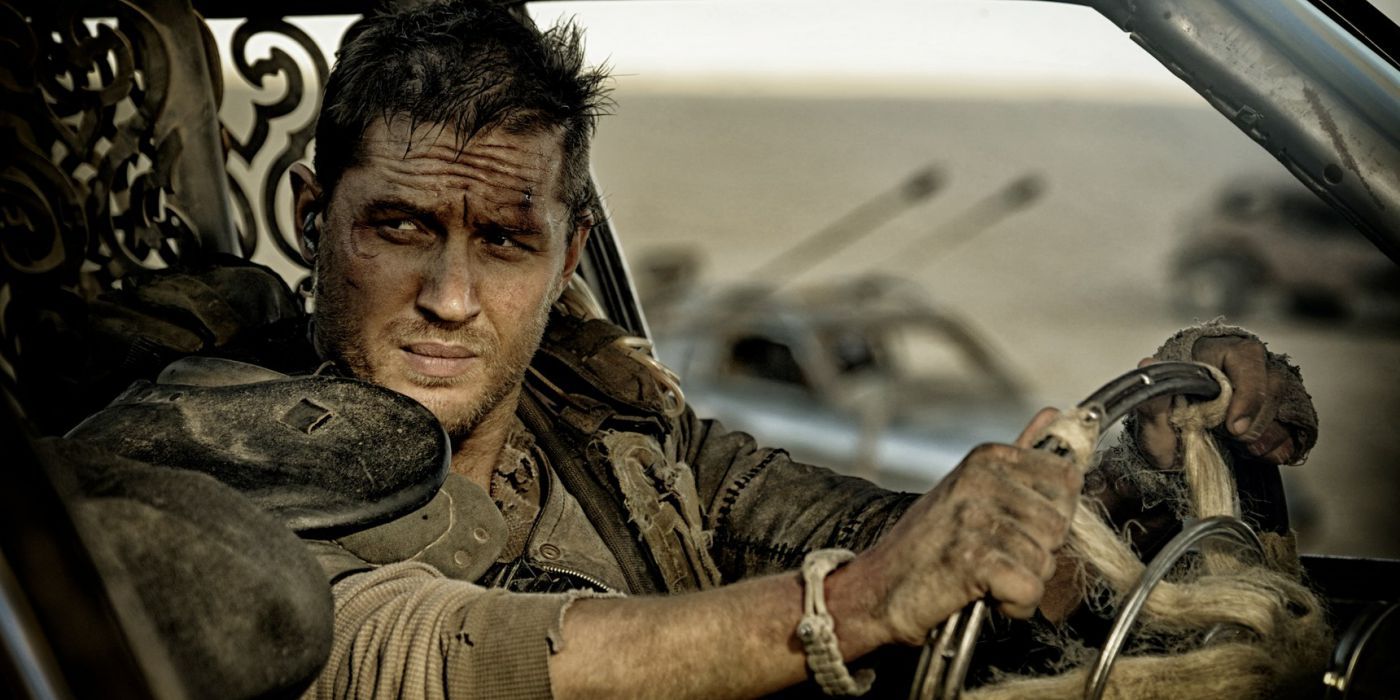
When it was unclear what rating Mad Max: Fury Road would bear when it went out to audiences, director George Miller made a cut of the film that would get a PG-13 rating and a cut of the film that would get an R rating. Usually, studios favor the PG-13 rating, because it targets the lucrative teen market (lucrative, because they’re the ones with the most free time to go to the movies) and it presents more commercial possibilities. However, the R-rated version tested much better with test audiences, so that’s the version of the film that Warner Bros. decided to release.
Charlize Theron accidentally broke Tom Hardy’s nose during filming
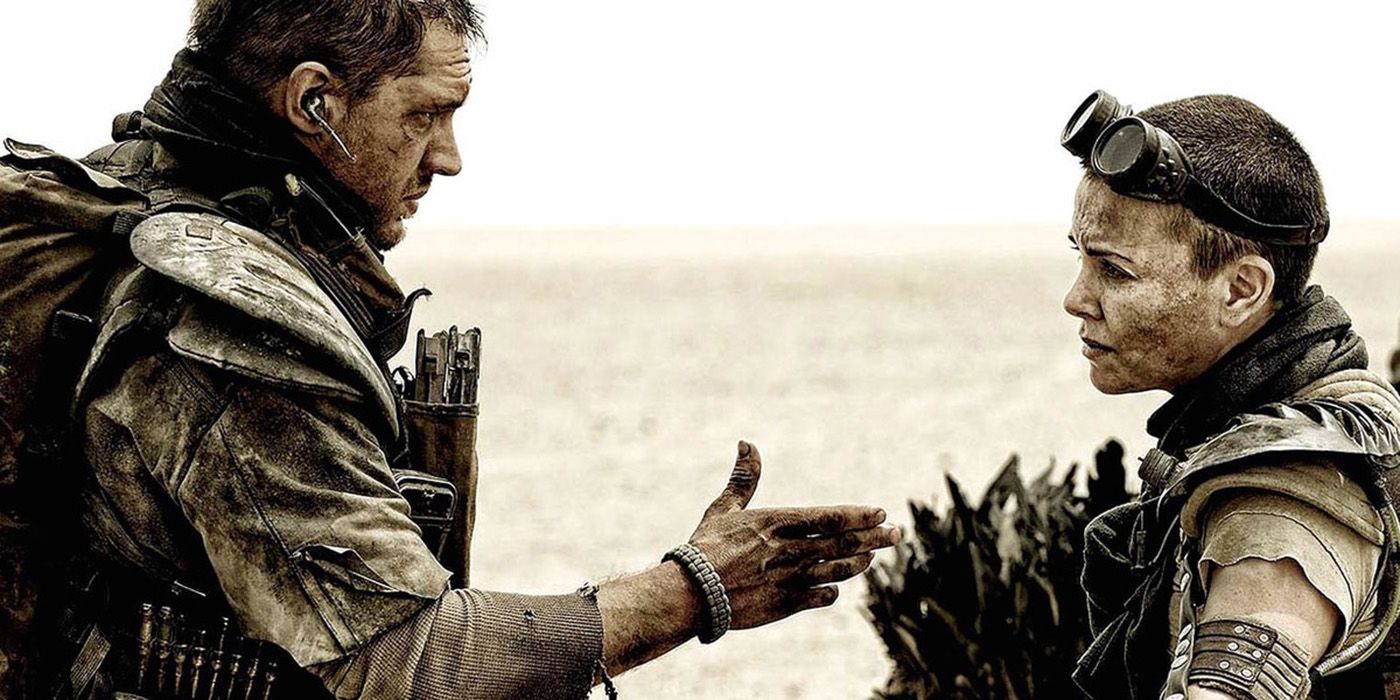
Since her character Furiosa has an amputated arm with a prosthetic in its place, Charlize Theron had to wear a big green cast on her arm to allow the visual effects artists to remove it in post-production. (Some would argue that casting an able-bodied actor to play a disabled role is questionable, because it doesn’t go the other way with disabled actors being cast in able-bodied roles, and it can be seen in everything from Me Before You to Skyscraper.) At one point, Theron accidentally elbowed Tom Hardy in the face with her green cast and ended up breaking his nose.
The storyboards were the script
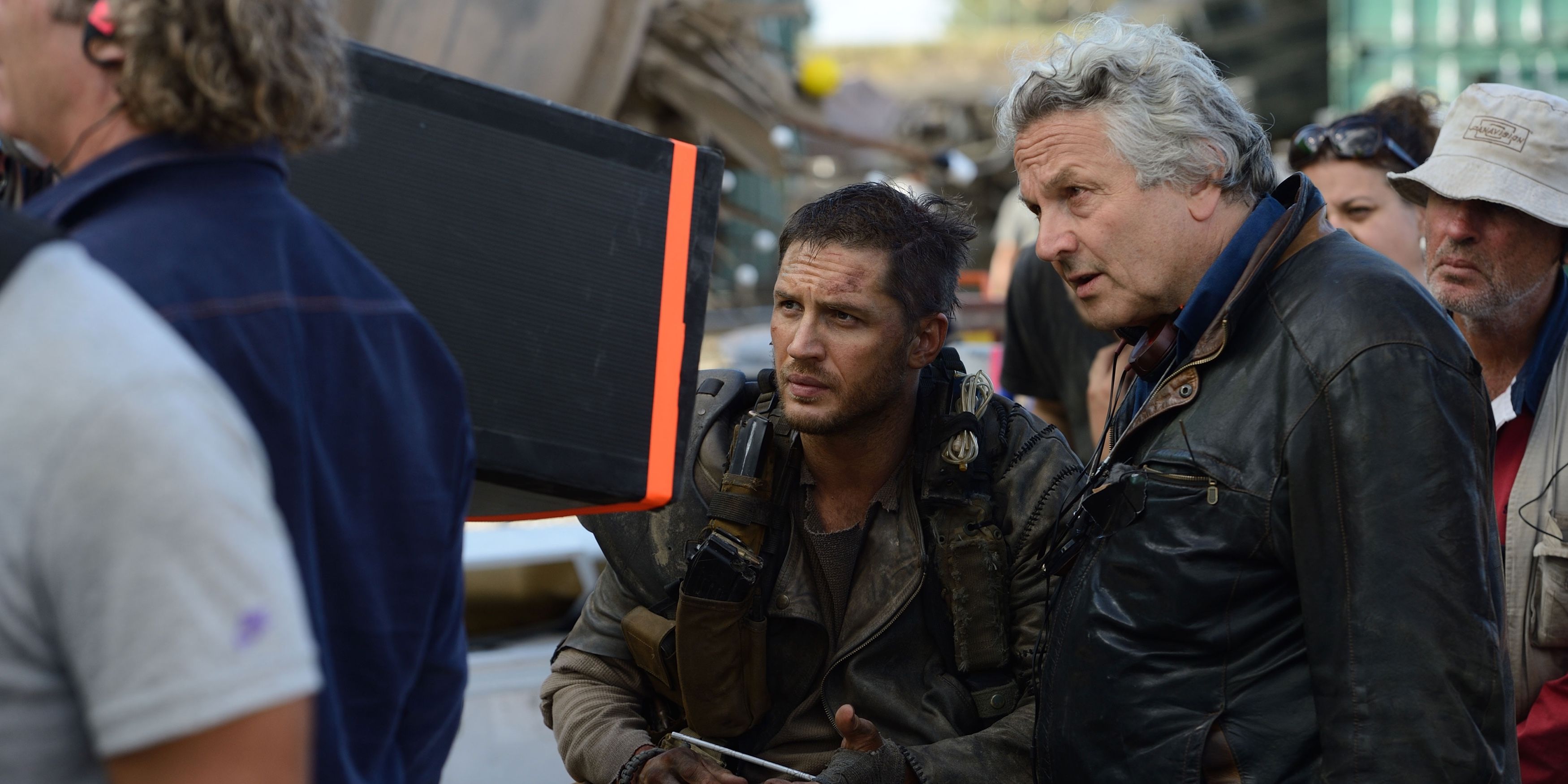
Instead of having a conventional script with scene directions and action descriptions, George Miller and his team put together detailed storyboards to plan Fury Road. This was going to be a visual movie and you can’t visualize a visual movie when all the details are written down in blocks of text, so the team hammered out storyboards. That way, they didn’t have to write any camera movements or describe any camera angles, because it was all apparent from the boards. Even the actors were given storyboards as opposed to a traditional script, so they’d know where they were standing in each shot for each action.
More than 80% of the film’s effects are practical
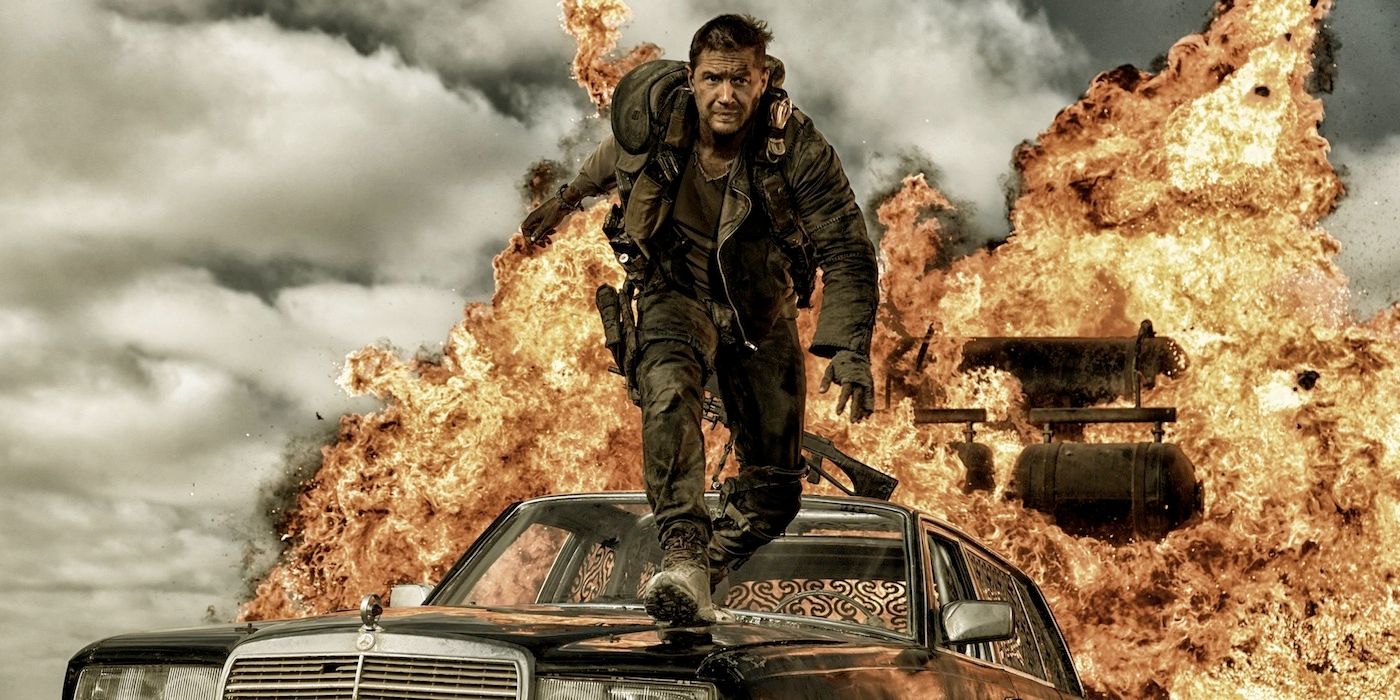
Upon release, Mad Max: Fury Road was praised for its use of practical effects over CGI. There is some CGI in the movie, of course, to smooth over the rough edges, take out the stunt performers’ safety rigging, and digitally remove Furiosa’s left arm. The CGI budget was mainly spent on replacing the natural Namibian sky with a more interesting-looking skyline.
Most of the makeup, stunt work, and set design was all done practically. It would’ve been easy for the team to cut corners, like most Hollywood film crews do, but the final result wouldn’t have been anywhere near as visceral.
The rigging crew has done Olympic opening ceremonies

In order to ensure that all the rigging would be safe, George Miller and his team recruited the people behind the opening ceremonies for the Olympic Games in Sydney and Beijing. Miller has explained this decision was for fear of hurting the cast. They wanted to make sure the people rigging everything were the best at what they do so everything was safe. Additionally, this allowed for most of the cast to be featured within the film.
George Miller originally planned to shoot in black-and-white
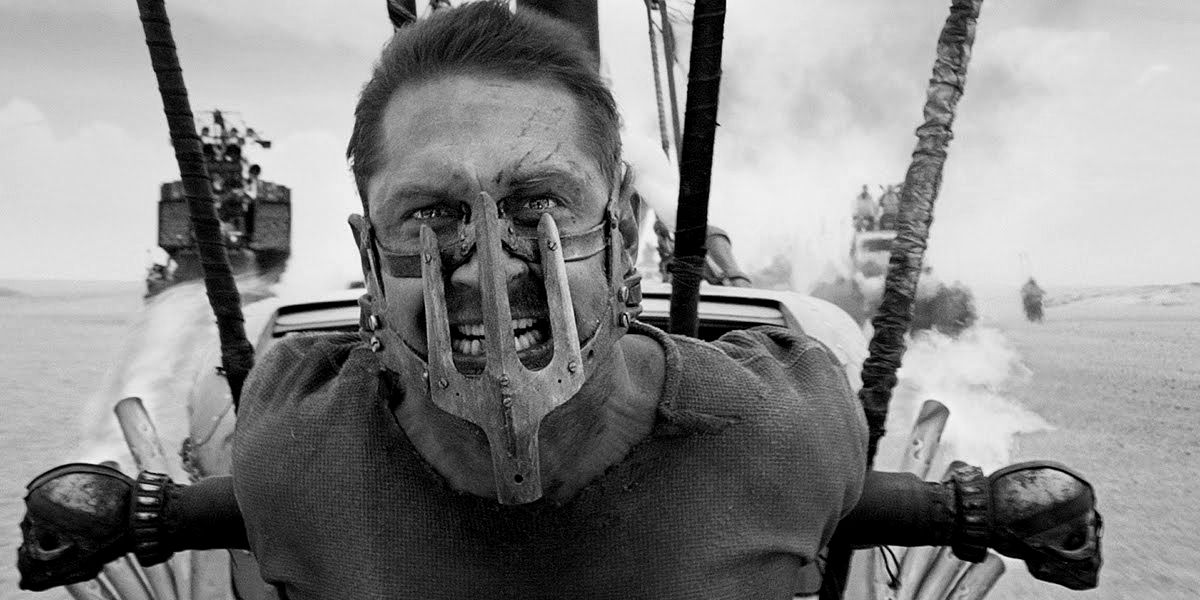
When he was first envisioning Mad Max: Fury Road, director George Miller wanted to shoot the film in black-and-white. However, his producers strongly advised him against this, fearing that black-and-white would alienate modern blockbuster audiences. So, Miller doubled down on using color and told his design team to make each frame as bright and colorful as possible to differentiate the look of Fury Road from other modern-day post-apocalyptic movies, which tend to favor a miserable, bleak color palette. He also told the art directors to make the sets as beautiful as possible, figuring that the residents of a barren wasteland would cling to whatever beauty they could find.
